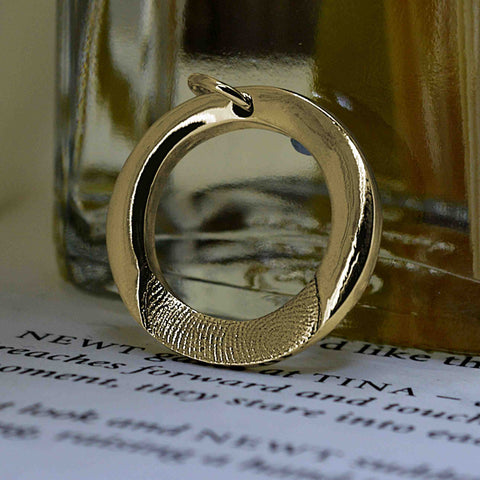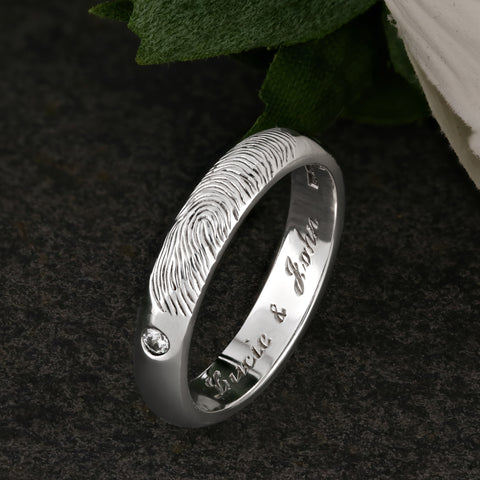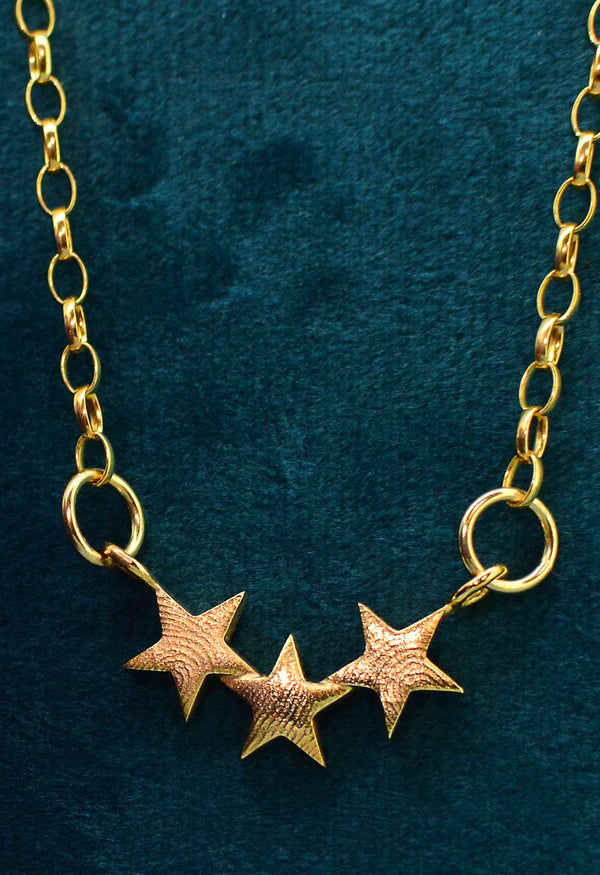Your Cart is Empty
PRECIOUS METALS GUIDE
In the year 1300, at Goldsmiths Hall in London, the very first hallmarking system was introduced to guarantee the quality of precious metals sold.
The London assay office still stands at Goldsmiths Hall today, along with the 3 other UK Assay Offices that each have their own distinct hallmark stamp.
They test and verify the purity of gold, silver and platinum items by stamping or laser engraving with the head of a lion (London), an anchor (Birmingham), a crown (Sheffield) and a castle (Edinburgh).
Today, every piece of jewellery sold in England, over a certain weight, must be hallmarked at one of the 4 remaining UK Assay Offices.
It is an independent guarantee of quality, so you can be 100% sure that the precious metals you buy are what they say they are.

At Sophia Alexander, we believe in using the very finest, hallmarked precious metals to make your handmade personalised fingerprint jewellery.
9ct Gold, 14ct gold, 18ct Gold, Titanium and Premium Tarnish-Resistant Silver.
Additionally, all our charms, beads, necklaces and pendants can be created using certified 9ct and 18ct fairtrade gold. Fairtrade gold is available in yellow gold and white gold only.
Every piece of custom jewellery and every personalised gift is carefully handmade in Suffolk by a team of experts using traditional tools and techniques. Forged from beautiful molten gold and silver, creating heirlooms that will be loved for a lifetime.

We believe we create the very best jewellery for our clients worldwide, working to the highest standard.
Here we explain a little about the precious metals we work with and why our fingerprint jewellery is a little different to other companies out there.
Ethical Fairtrade and Fairmined Gold

We believe that fairtrade gold is really very special.
As of 2018, we registered as goldsmiths with the Fairtrade Foundation, allowing us to offer all our custom charms, beads and necklaces in certified ethical, fairtrade and fairmined 9ct and 18ct gold. We offer the full suite of yellow, white and rose gold shades.
We are very proud to be the very first fingerprint jewellery company offering this option for our full range of cast fingerprint jewellery and gifts.
Our fingerprint wedding rings are not yet available in fairtrade gold, but we're working on it.
Today, approximately 100 million people around the world, rely on the mining industry to support themselves, their families and their communities.
For a small additional cost, choosing to have your piece of personalised jewellery created in fairtrade gold ensures these miners are paid a fair price for their work.
Fairtrade miners are guaranteed a minimum price for the gold they mine and are also given an extra premium payment that can be used to help them in their small business, or to put towards healthcare, clean water and other community projects.
Fairtrade mines also ensure safer working conditions, where miners are no longer exposed to toxic chemicals such as mercury.
They also have protections in place to prevent child labour and to help protect the environment.

GOLD SHADES
Ancient peoples believed that this very yellow, splendid, lustrous metal had been given by the Gods. Theyused it widely for creating pieces jewellery, ornaments and for decorating temples and palaces. In 546 BC, the first gold coins were forged and used as currency.
It is created by combining 24 carat pure gold with silver and sometimes palladium and it is almost always plated with an extremely robust metal called Rhodium to protect against tarnish and to produce a very white, lustrous colour and shine.
It was first used to decorate ornaments such as sea shells around the year 5000 BC, but it became popular for jewellery making much later.
During the 19th century (1800 AD), it's popularity soared in Russia, which is why today, it is still commonly referred to as Russian Gold.
Over time, the copper in rose gold can tarnish, but unlike other metals where tarnish appears as black marks, in rose gold, the tarnish simply deepens the colour of the metal.
GOLD CARATS AND GOLD PURITY
Gold is graded using units called carats. It is an ancient system that measures the purity of different types of gold using fractions of 24.
24 carat gold is pure gold, 18ct gold is 75% pure gold, 14ct gold is 58.5% pure gold and 9ct gold is 37.5% pure gold.
This is why, when our gold items are hallmarked, you will see 375 stamped for 9ct gold, 585 for 14ct gold, and 750 stamped for 18ct gold.
Like fine silver, it is usually combined with other metals to improve its strength and durability. We call these combinations alloys.
A number of different elements are commonly combined with gold to improve its natural properties and alter it’s colour, resulting in more durable yellow, white and rose gold.
Silver and Copper may be added to gold to harden it. Depending on the amount of each metal added, Silver whitens the colour of the gold and copper reddens it.
9ct gold is stamped by the UK Assay office with a 375 hallmark stamp.
 14ct Gold has been used as standard in many countries overseas for years and is growing in popularity in the UK with every year that passes.
14ct Gold has been used as standard in many countries overseas for years and is growing in popularity in the UK with every year that passes.
It is a combination of 58.5% pure gold and 41.5% other metals, meaning it is harder and more durable than 18ct gold, but it's colour is much deeper and more lustrous that 9ct gold. In fact, you would have to look very hard to spot the difference between 14ct and 18ct gold.
I4ct gold is a firm favourite here at Sophia Alexander. It's rich colour makes it clear to see the difference between 14ct yellow gold and rose gold - something which is not so obvious in the lower carat 9ct gold. We often compare it's colour with old or vintage gold.
It's durable enough to withstand regular, prolonged wear, while also being more scratch resistant than 18ct gold
14ct gold is stamped by the UK Assay office with a 585 hallmark stamp.
It is a combination of 58.5% pure gold and 41.5% other metals, meaning it is harder and more durable than 18ct gold, but it's colour is much deeper and more lustrous that 9ct gold. In fact, you would have to look very hard to spot the difference between 14ct and 18ct gold.
I4ct gold is a firm favourite here at Sophia Alexander. It's rich colour makes it clear to see the difference between 14ct yellow gold and rose gold - something which is not so obvious in the lower carat 9ct gold. We often compare it's colour with old or vintage gold.
It's durable enough to withstand regular, prolonged wear, while also being more scratch resistant than 18ct gold
14ct gold is stamped by the UK Assay office with a 585 hallmark stamp.
Although it is softer than 9ct gold, it is still commonly used in the production of fine jewellery as it is well able to withstand daily wear and tear.
18ct gold is stamped by the UK Assay office with a 750 hallmark stamp.
SILVER
In the UK, Sterling Silver is always free from Nickel which can be responsible for skin allergies and allergic dermatitis.
It is purer than traditional sterling silver and has a brighter white colour than platinum, white gold and traditional sterling.
It is easy to care for, simple to clean with a long lasting shine.
PLATINUM
PALLADIUM
It has a silver white appearance, but is harder and even lighter in colour. It is one of the three most popular metals used to make white gold alloys, as it is highly unlikely to cause allergic reactions.
TITANIUM
It is known to be highly durable and light weight with a high tensile strength and is resistant to damage from many chemicals, so will not be corroded by chlorine or sea water amongst other things.
It is particularly suitable for people who suffer from allergies to metals as it is largely hypoallergenic. It is a popular choice for gents wedding and commitment rings as it tends to be more resistant to physical wear and tear.


